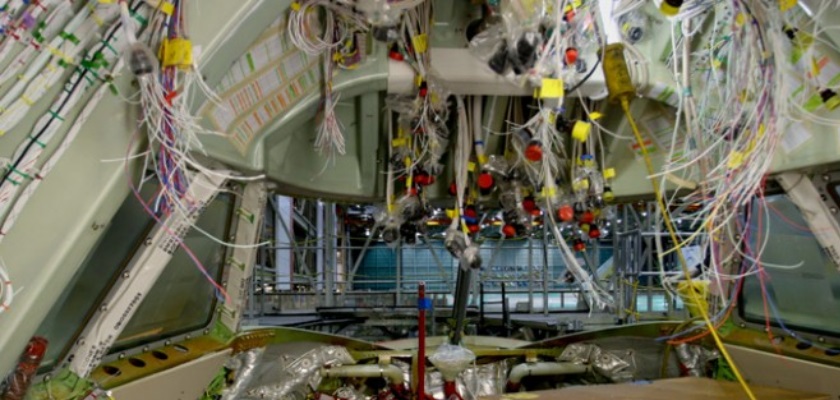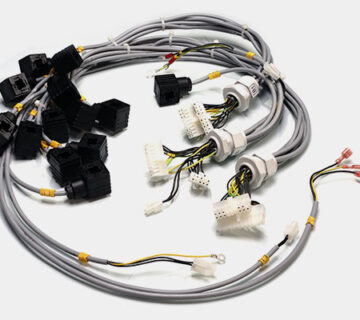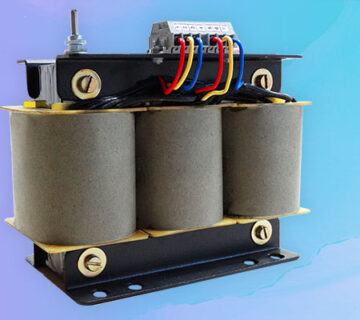Electrical wires are installed in aircrafts in two ways – open wiring and cable harnessing. Open wiring is when wires are installed without any special enclosing; and cable harnessing is when wires are installed in bundles to create an organized installation. However, cable harnesses for an aircraft should not incorporate more than 75 wires. Also, it should be taken care that the wires are not more than 2 inches in diameter. Miracle Electronics are those cable harness manufacturers in India who know all that it takes to create the perfect cable harnesses for application in aircrafts. So, you can approach them for all your cable harness requirements. If not, you need to consider the following very important elements while choosing your cables and cable harnesses for usage in aircrafts.
Slack
Sufficient slack in the wiring of an aircraft provides ease of maintenance and terminal replacement; and free movement and shifting of movable equipment to perform servicing, maintenance, repairing, and alignment. It also prevents any kind of mechanical strain on wires, cables, supports, and junctions. This is why –
- Wires should be installed with enough slack so that they are not under tension when installed.
- Wires connected to movable equipment should have enough length so as to allow travel without tension on the bundle.
- Wires at terminals or connectors should have enough slack to allow two re-terminations without the need for replacing the wires.
Bend radius
The minimum radius of bends in the wire bundles must not be less than 10 times the outside diameter of the largest wire. However, where the wire is well-supported, the radius may be 3 times the diameter of the wire. There are certain situations when it is not practical to install the wires within these radius requirements. In such cases, the bend should be enclosed in insulating tubing. Another important point to remember is that RF cables should be bent at a radius not less than 6 times the outside diameter of the wire.
Splicing
Splicing can be done as long as it doesn’t affect the reliability and electromechanical characteristics of the wiring. But, even if this condition is take care of, splicing can only be done if there is engineering approval for the same. However, there are certain limitations that need to be kept in mind –
- Splicing should be kept to the minimum.
- There shouldn’t be more than one splice in an individual wire segment between two connectors or disconnect points.
- Splice should not be used within 12 inches of a termination device.
- Splicing should be completely avoided where there is extreme vibration.
Twisting
Parallel wires running within an aircraft are sometimes required to be twisted; for example, in three-phase distribution wiring, wiring in the vicinity of magnetic compass or flux valve, and other wires specified on engineering drawings. The twist should be such that the wires are secured against each other, making the required number of twists per foot. It is important that the wires are checked after twisting for any kind of insulation damage; and if the insulation is torn or frayed, the wire must be immediately replaced.
Clamps
Wires and harnesses within an aircraft are supported by clamps, making them a very important constituent in aircraft wire installation, which is why we include this section in this blog.
- Clamps should be constructed of materials that are compatible with the environment in which they will be installed. The considerations here include temperature, mechanical loads, fluid resistance, and exposure to UV rays.
- Clamps should be spaced at intervals of not more than 24 inches; and sufficient slack should be left between the last clamp and electrical equipment to prevent strain at the terminal and other adverse effects.
- Clamps should be installed with their attachment hardware positioned above them so that they are prevented from rotating. They must be installed with the back rested against a structural member. Also, it must be taken care that the wires do not come in contact with other parts of the aircraft due to inappropriate clamping, when subjected to vibration.
- Clamps should snugly fit around the wires so as not to pinch them, while also taking care that the wires do not move through the clamp even with the slightest axial pull. However, clamps on RF cables must be such that they don’t permit free movement of the cable through the clamp, but allow the cable to slide through the clamp with the application of a light axial pull.
- Clamps shouldn’t be used where they interfere with movable controls, or where wire bundles come in contact with movable equipment. Also, they must not be used on vertical runs where involuntary slack movement could result in chafing or other damage.
These are only some of the very important considerations of installing wires and harnesses within an aircraft. There is much more to be considered, which is why you need experts for the job, who can take care of not only the installation, but also the protection of wires and harnesses against elements like high temperatures, fluids, solvents, chafing, and movement.




